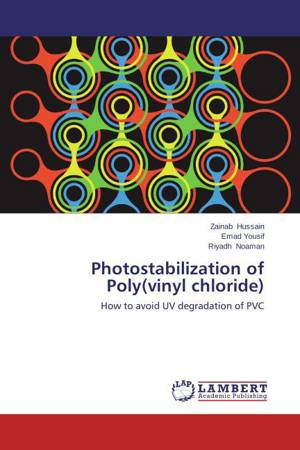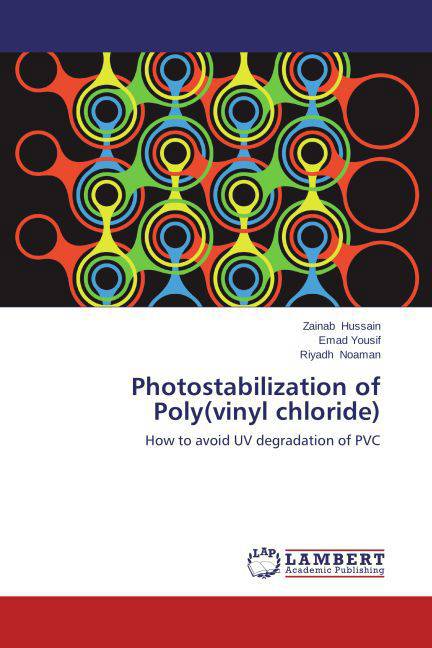
- Afhalen na 1 uur in een winkel met voorraad
- Gratis thuislevering in België vanaf € 30
- Ruim aanbod met 7 miljoen producten
- Afhalen na 1 uur in een winkel met voorraad
- Gratis thuislevering in België vanaf € 30
- Ruim aanbod met 7 miljoen producten
Zoeken
Photostabilization of Poly(vinyl chloride)
How to avoid UV degradation of PVC
Zainab Hussain, Emad Yousif, Riyadh Noaman
Paperback | Engels
€ 35,45
+ 70 punten
Omschrijving
Poly(vinyl chloride) (PVC) is undoubtedly among the most frequently used plastics; it iswidely applied in many branches of industry and building. When exposed to natural weathering, PVC deteriorates and becomes increasingly colored and brittle, with a steady decrease in mechanical properties such as tensile, elasticity, and impact resistance. Owing to its large outdoor application, PVC has to be protected against photodegradation. To prevent photodegradation reactions, there are several ways to stabilize the polymers . One can stabilize polymers by keeping the light out , Quanch excited states before photochemistry occures, or trap free radicals. This can be achieved by addind UV absorbers, quanchers, radical scavengers, metal deactivators or synergistic combinations to the polymers.
Specificaties
Betrokkenen
- Auteur(s):
- Uitgeverij:
Inhoud
- Aantal bladzijden:
- 60
- Taal:
- Engels
Eigenschappen
- Productcode (EAN):
- 9783659632921
- Uitvoering:
- Paperback
- Afmetingen:
- 150 mm x 220 mm

Alleen bij Standaard Boekhandel
+ 70 punten op je klantenkaart van Standaard Boekhandel
Beoordelingen
We publiceren alleen reviews die voldoen aan de voorwaarden voor reviews. Bekijk onze voorwaarden voor reviews.








